There’s a lot more to visualization than seeing yourself being successful.
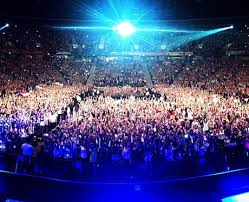
I’ve talked before about how the word “visualization” is incomplete. It makes you think only of seeing things. Some performance psychologists and researchers are now saying “mental imagery” instead. That’s a little better. But, it still doesn’t capture the depth of what you’re doing during the visualization process.
When you create a successful visualization, you’ll immerse yourself in a multi-sensory, three-dimensional, better-than reality, all-in experience.
Why do I say “better than reality”? I say this because there is one crucial difference between the real world and the reality you create in your visualization. In your visualization, you are in total control of everything.
Think about that:
Total Control of Everything.
This ability to manipulate and control what happens in your visualization is one of the reasons the process is so powerful.
I’ve defined seven elements that make the visualization process successful and worthwhile. These seven include all five of your senses plus two extra elements that are crucial to your success. And, you control all seven!
The 7 Elements of Successful Visualizations
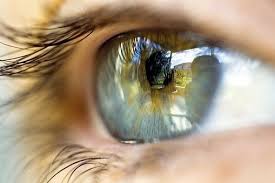 1. Sight
1. Sight
This is the sense that visualization is named for. It’s clearly important for the process to be successful. In your visualization try to see as much as possible:
- The view of the performance space from the stage
- What it looks like when you look around in all directions (including up and down)
- Where the other musicians will be in relation to you
- The face of someone in the audience whose presence you’re particularly dreading
- The flashes, screens, and reflections from the cell phones trained on you from the audience
- Stage lighting that is in your eye or is too bright
The more you can see in your visualization the better.
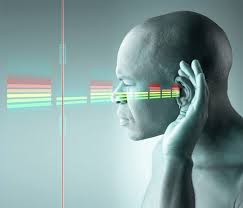 2. Hearing
2. Hearing
As a musician, your ability to focus on hearing clearly is essential to your success. In your visualization try to hear everything you might encounter during a performance:
- The sound of your instrument
- Your intonation
- The specific tone/timbre you produce at different points in the music
- The sounds of the other instruments or singers on stage
- Distractions like someone coughing in the audience, surprising applause or calling out from the audience or, for restaurant/club gigs, espresso machines and blenders
You will spend most of your visualization time focused on what you sound like as you “perform.” Recognizing that there will be other sounds around you is also important though.
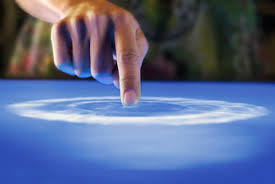 3. Touch
3. Touch
Imagine being so immersed in your visualization that you not only hear yourself playing, but you actually feel what it’s like to be playing. There are many parts of using touch effectively:
- Feeling the temperature and texture of your instrument
- Feeling what it’s like as you manipulate your instrument to play the most difficult section of your song(s)
- Noticing the temperature or any breezes that are in the air in the performance space
- Paying attention to how your fingers, hands, arms, shoulders, back, and legs feel
- Feeling your mouth, throat and breath as you prepare each phrase
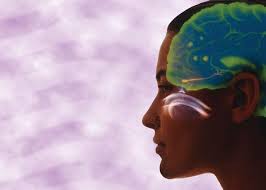 4. Smell
4. Smell
Many musicians look at me like I’m crazy when I start talking about anything beyond sight, sound, and touch in visualizations.
If you can make your visualization so realistic that you include smell, you will have a better experience and a stronger outcome from the visualization. Here are some smells you may encounter in actual performance venues that can be incorporated into your visualization:
- The Surroundings: the dust in the theatre, the smell of beer on the microphone, cigarette smoke in the air, food cooking in the kitchen
- Instrument Accessories: Violinists smell the rosin on their bows, piano players notice the polish used to shine the wood, brass players smell valve oil
- People: Perfumes, colognes, sweat, fabric softener. The strange truth is, in most performance situations you will smell the people around you.
 5. Taste
5. Taste
Taste is also difficult to imagine for most musicians. But, like smell, adding taste to your visualization gives your brain additional information to make the scene real. Here are tastes some musicians encounter when they perform:
- Wind and brass players actually taste their instruments.
- Many musicians always eat or drink the same thing just before going on stage: a shot of whiskey, a breath mint, a cough drop. If you do have a performance ritual like this, make sure it’s part of your visualization.
- Some musicians talk about the taste of fear. It’s really adrenaline and many performers feel and taste this on the roof of their mouth. If that describes you, put it in your visualization. Then, take control of this taste and eliminate it.
 6. Thoughts
6. Thoughts
Your visualizations will be more effective if you move beyond using just your five senses. As you see, hear, feel, smell, and taste the surroundings in your imagery, what are you thinking about? Are your thoughts supporting your success? Or, are your thoughts detrimental to your success? Some things to notice during your visualization:
- Are you staying focused on the performance? Or, is your mind wandering?
- When you get to a particularly challenging section of music, what are you thinking about?
- Before you even start a performance runthrough in your visualization, are you thinking you’ll be successful?
Controlling your thoughts during a visualization is crucial to having the visualization process work effectively for you.
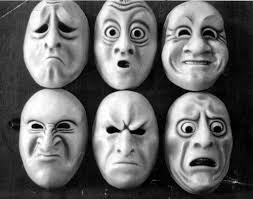 7. Emotions
7. Emotions
Inevitably, your thoughts will lead to certain emotions rising up during your visualization. Please pay very close attention to these emotions. They tend to cause more thoughts to come into your mind. In turn, those thoughts make more emotions rise up from deep inside you. Try these strategies:
- Change any negative thoughts and emotions into positive, supportive ones. (Remember: You are in control!!)
- Try to create a positive spiral of emotions, with emotions cascading into positive thoughts, which then form more positive emotions.
- Think about why any negative emotions might be there in the first place. Are they always showing up in the same section of the music? Are the difficult emotions about the performance itself, or about something external? External issues include feedback and criticism from others, what the performance will do for your life, or how difficult it’s been to prepare for the gig.
Your mind is essentially the most powerful virtual reality and augmented reality app ever conceived of. If you utilize this power correctly, you can formulate visualizations that improve your skills, your memorization, and your performances.
Be sure to recognize the thoughts and emotions that come up as you see, hear, feel, smell, and taste what it’s like to be on stage. Your visualization can prepare you for the real performance and propel your music to new heights.
